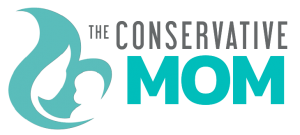In the face of a Supreme Court setback, President Joe Biden remains persistent in pursuing his agenda, even when it involves legal gray areas. The Supreme Court thwarted Biden’s ambitious plan to forgive $800 billion in student loan debt, emphasizing that only Congress, as the originator of the student loan program, possesses the authority to enact such debt forgiveness.
Undeterred by the legal setback, Biden has continued his mission to address the staggering $1.3 trillion student loan debt over the past three years. Employing various loopholes and executive actions, Biden has managed to “forgive” approximately $136 billion in debt, exploiting his presidential powers and stretching the legal framework to accommodate existing relief proposals.
The Biden administration is now taking its relief efforts a step further by introducing a program designed to assist borrowers facing “hardship.” Critics argue that this initiative creates a significant loophole that could be exploited. Under Secretary James Kvaal, in a press release, framed these ideas as crucial components of President Biden’s comprehensive plan to alleviate the burden on as many student loan borrowers as possible.
However, skepticism arises regarding the long-term implications of the Biden administration’s proposed “permanent solutions” to the student loan crisis. Critics argue that blanket forgiveness for those struggling to repay their loans could inadvertently exacerbate the problem. This approach may incentivize universities to raise prices, potentially leading students to enroll in costly programs with the assurance that their loans could be forgiven based on financial hardship.
In the discourse on student loan forgiveness, the conservative perspective, exemplified by Reason.com, highlights potential pitfalls in the Biden administration’s approach. It questions the fairness of providing blanket forgiveness without considering individuals who responsibly paid off their loans or financed their education without incurring debt. The concern is that such policies may overlook the struggles of those who worked multiple jobs to pay for education and loans, raising questions about fairness and responsibility in addressing the broader student loan crisis. Ultimately, the debate underscores the need for a nuanced approach that considers the diverse circumstances of borrowers and the potential consequences of broad policy interventions.

